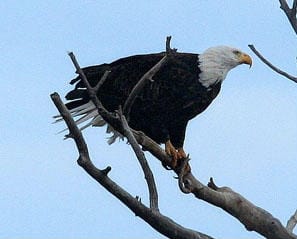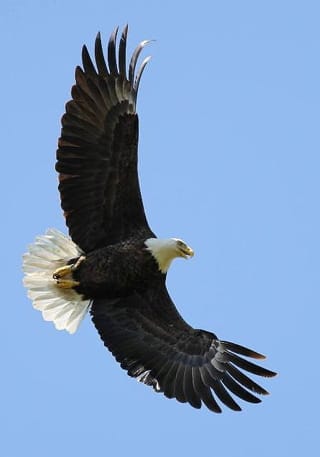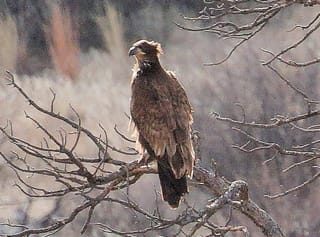Initially this guide displays common birds of all types that are flying right now in our area. Use the selectors below to view rare birds, view birds flying any time, restrict the output to a certain shape of bird, or search by name.
New Mexico is on the western edge of the Central Flyway which is one of the major migration pathways between north and south for birds traveling between breeding and wintering grounds along the Rocky Mountains. This has resulted in the state having an incredible diversity of birds with over 550 different species reported. A little more than half of this number are sighted annually on the Pajarito Plateau. Some of these birds are full-time residents, some migrate here for a few weeks or months, and other are only seen briefly as they pass through the region.
This guide features many of the birds known to frequent Los Alamos county by when they are likely to be seen in the area. You can get additional information on local birds by joining PEEC Birders or going to the eBird website. eBird also includes lists of rare bird sightings and birding hot spots.
Bird References
Birdweb
Cornell Lab of Ornithology
eBird
eNature
Institute for Bird Populations
National Audubon Society
New Mexico Ornithology Society
What Bird
xeno-canto
Subject Area Experts (all guides)
Steve Cary (butterflies)
Beth Cortright (insects)
Terry Foxx (invasive plants)
Leslie Hansen (mammals)
Richard Hansen (fish, mammals)
Dorothy Hoard (butterflies, trees)
Chick Keller (flowers, herbarium)
Shari Kelley (geology)
Kirt Kempter (geology)
Garth Tietjen (reptiles)
David Yeamans (birds)
Web Development and Content Management
Pat Bacha
Jennifer Macke
Graham Mark
Akkana Peck
Contact
Please contact us for local nature questions and sightings. We welcome comments, corrections, and additions to our guides.
For more information about local nature, please visit our Nature Blog or subscribe to PEEC This Week.
Make Selection
 Photo: adult by Hari Viswanathan  Photo: adult by Tim Kaufman  Photo: immature by Bob Walker |  Bald EagleBAEA (Haliaeetus leucocephalus)Family: Accipitridae (Hawks and Eagles) Size: 30 - 31 in (76 - 79 cm) Flies: Dec 15 - Mar 15 Morphology: adults have dark brown bodies and wings with white heads and tails; females are larger than males; immature birds are brown all over with white mottling on their wings and bodies Status: native; uncommon; threatened Food source: fish make up a large part of the diet; also eat birds, reptiles, amphibians, invertebrates, medium-sized mammals, and carrion Habitat: lakes, rivers, marshes Typical location: White Rock Canyon The Bald Eagle is a large impressive bird with very acute eyesight, extremely sharp talons that can be used to kill, and a hooked beak that can rip flesh. These eagles are fast fliers, using thermal convention currents to soar above the canyons. They often hunt from a high perch, swooping down to catch prey in their talons. Alternatively, they may fly low over the ground or water looking for food. The Bald Eagle nest is the largest of any North American bird. Eggs are laid in mid-February and they hatch in mid-April to early May. The young fledge in late June to early July but are not sexually mature for another four to five years. The Bald Eagle is both the national bird and national animal of the US. It was once endangered but has since been moved to the list of locally threatened species. Info Photos Distribution Frequency |
